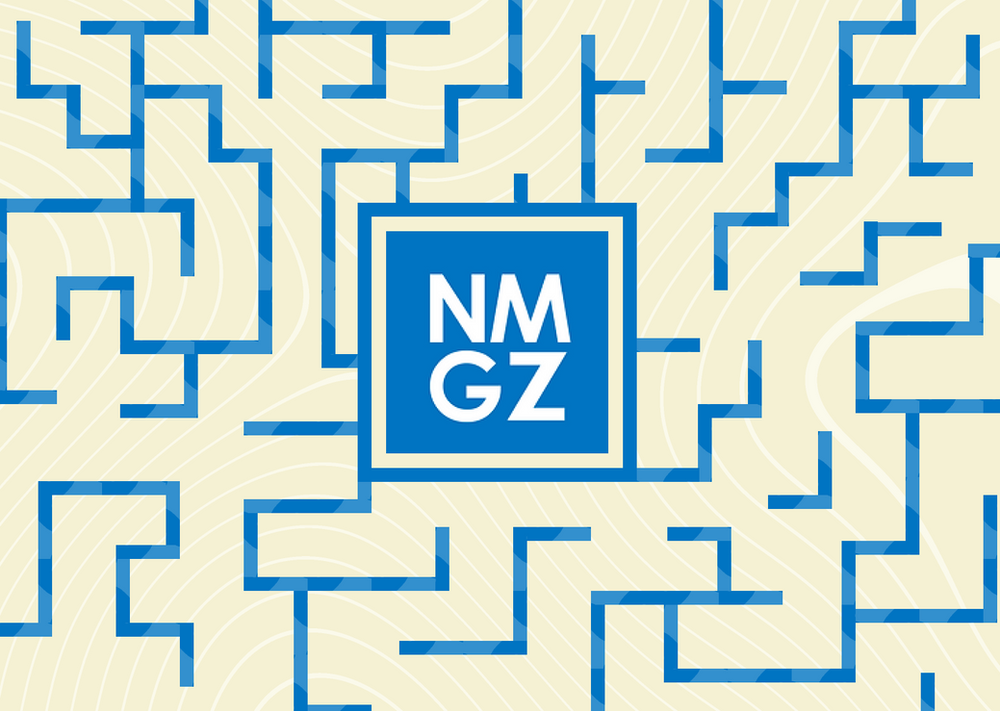
During my NMGZ trip to Austin, we were introduced to a captivating speaker, Mark Heaps, who helped us dissect the essence of personal branding. I enjoy making art in my free time and consider myself creative. But one part of my brand I’ve had trouble with marketing is my creative abilities as a business professional. So, amidst the insightful discussion, I posed the question:
How do you prove creative abilities to an employer?
To my surprise, Mark responded with, “Do you want to play a game with me?” With around 30 pairs of eyes on me, I was initially hesitant but decided to accept the challenge. He grabbed a nearby blue highlighter and set a two-minute timer, instructing me to list everything I could do with the simple construction of plastic, ink, and felt. In those two minutes, I rattled off 11 different uses for the highlighter. “Normally, 8-12 is the average that high-level executives reach.” Hearing I was on the higher end of the spectrum, I felt validated with my abilities. This led me to crave creativity, wanting to prove my abilities by creating the most creative article about creative creativity. I wanted something captivating. I wanted to draw the reader in with a catchy title and a solid thesis.
But with that, came failure.
Writing takes me on a journey of discovery, about what works and what doesn’t. Creativity isn’t just about how many things you can do with a highlighter; it’s also about how half of the ideas are probably going to be bad. Teresa M. Amabile states in How to Kill Creativity, “To be creative, an idea must also be appropriate—useful and actionable.” When I started writing, I attempted to redefine creativity, but I’m not creative enough for that. I was then inspired to write about how with most good ideas, there are also bad ones, a direct parallel to the failed previous attempt. However, this approach can inadvertently foster a toxic perspective. By categorizing all creative concepts into a rigid binary makes every idea either “correct” or “incorrect,” which I didn’t like either, so I scrapped it.
So now we’re in a dead end. What do we do from here?
I was stuck. I was sitting in my corner of doubt, so I decided to refresh and do some research. After finding Teresa’s findings about creativity in the workplace (which I highly recommend), led me to this pending question:
So, what is creativity about? Why am I even writing about this? I should just pick an easy topic and throw together a quick article, rather than sifting through these dumb ideas that aren’t working.
But creativity is about the journey and the failures rather than the perceived optimal result. Because without the journey, the breakthrough does not occur. To write this article, I had to completely scrap it twice and re-shift my perspective.
So how do we hit a dead end?
To solve this creative roadblock, I must attempt to take a different path in the maze – A new dead end – to which I will decorate the corners and paint the walls before I move onto the next dead end. The article you see today was written initially from anger, complaining about every dead end I had encountered. I doubted my abilities and thought I should just pick a new topic.
But, sticking to the familiar path, while effective in the past, would make my journey feel stale and uninspired, missing out on the excitement of creating a masterpiece. With every piece of art I’ve created, there are scrapped unfinished ideas underneath its beautifully finished surface. To have a beautiful result, one must be motivated to push through each dead end, brushing the dirt off your shoulders and doing yet another 180.
With every creative idea, there is the phantom of the bad so that the good ideas can shine through. Fragments of old stale sentences can create new inspiring messages, and old concepts can be flipped on their head to create a new perspective.
Creativity is about motivation; It’s about the drive to make something better than ever, even if it must get worse before you reach your full potential. The process of making this article wouldn’t had come to me if the experience of failing had not led me to this epiphany. And if I wasn’t motivated to finish this article, the message you would see today would cease to exist. So, to pose the question again:
How does one prove their creative abilities?
You share the beautiful mazes you’ve created; every wall painted a new color, every corner decorated to perfection. Without the dead ends of the beautifully bad ideas, there wouldn’t have been a breakthrough in the first place.
Plants, like humans, become stronger when stress is applied. Many plant owners, including myself, say to shake your houseplants to strengthen their roots. If the plant doesn’t go through that stress, it would have no reason to grab the dirt any tighter than before.
We are the same. To pass is to fail more times than you intended, and to succeed you must persist through the scenic and treacherous routes along the way. Sharing these roads with others can give a spark of motivation to find their own beautiful corners in the maze where we thought there was only one exit.
The curiosity of the unknown against the traditional “Point A to Point B” Method is contradicting. It’s scary, but at the same time, it’s thrilling. I mean, who knows what beautiful dead ends you’ll find along the way!
